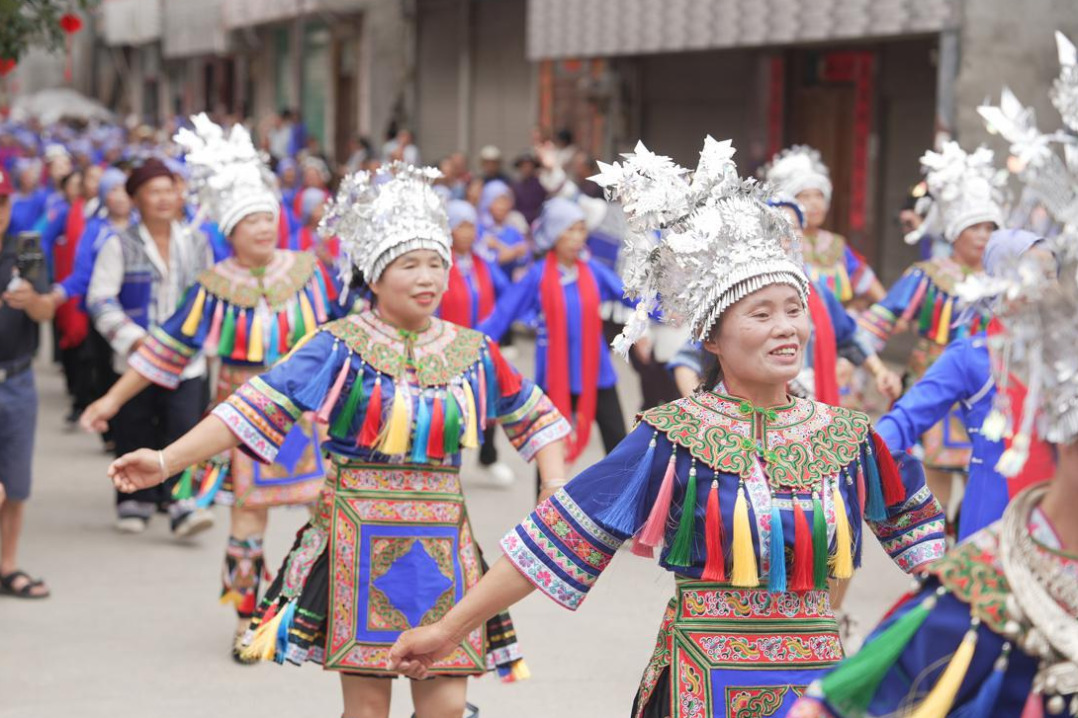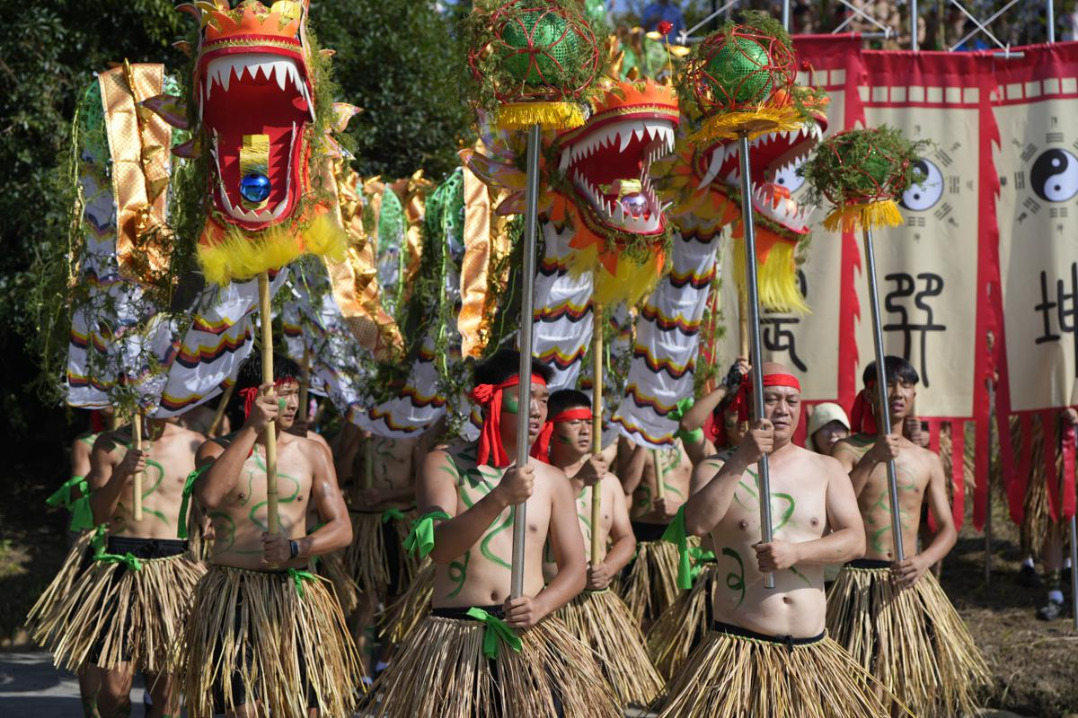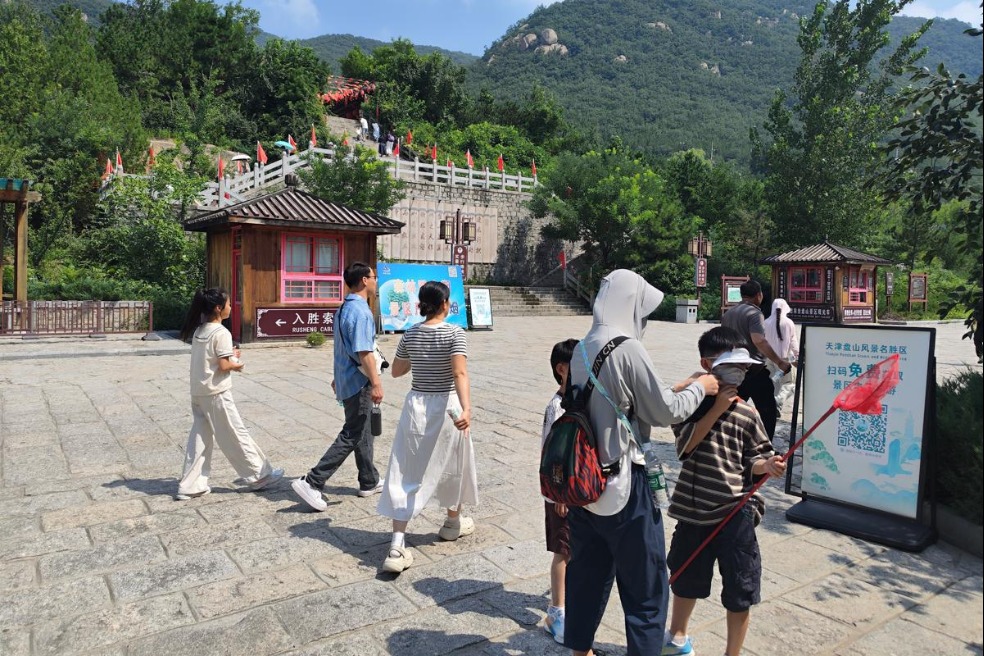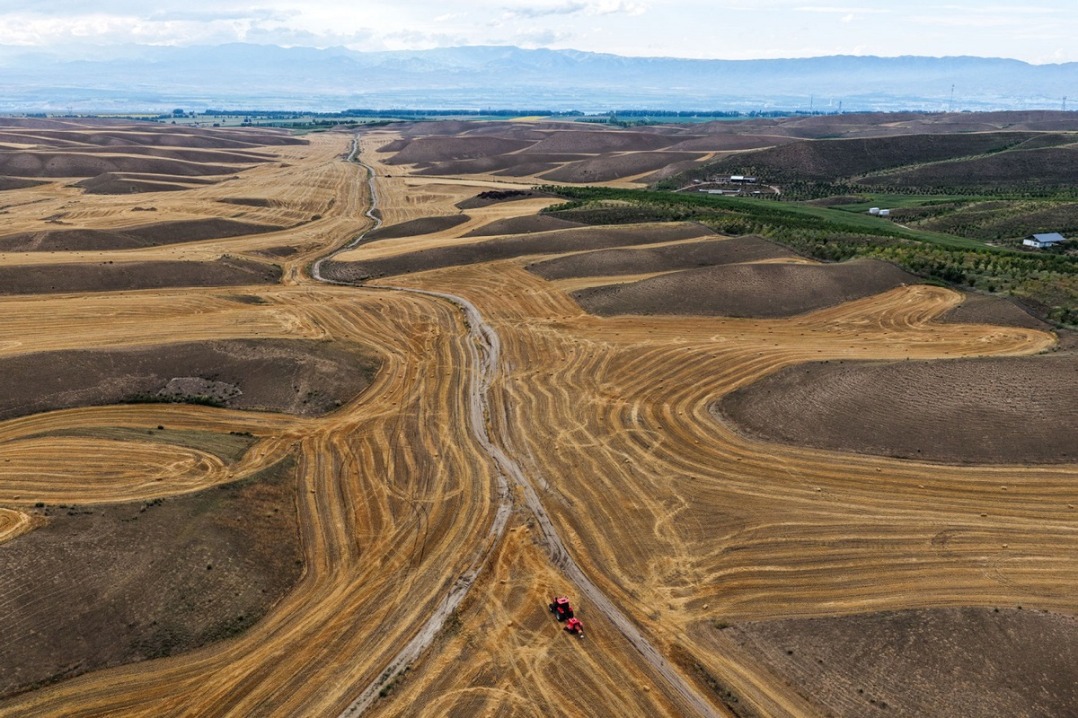Cultural insight helps chart path to urbanization
Tested local practices evolve into national model for heritage preservation





In the early 2000s, Shaoxing, a centuries-old city in Zhejiang province, faced a dilemma familiar to many urbanized regions in China: whether to preserve historical neighborhoods or clear the way for modern construction.
Cangqiao Zhijie, a historical street in Shaoxing dating back to the Song Dynasty (960-1279) and featuring narrow alleyways, traditional homes and crisscrossing waterways, stood at the heart of a preservation standoff. As redevelopment plans loomed elsewhere, residents feared displacement and officials hesitated.
The impasse ended in January 2003, when Xi Jinping, then secretary of the Communist Party of China Zhejiang Provincial Committee, visited the neighborhood and gave a clear directive: It must be preserved in its original form and essence.
He also instructed local officials to prioritize preserving historical authenticity, maintaining the integrity of the landscape and ensuring the continuity of people's lives in restoration and protection efforts — principles that would later point the way for preserving historical and cultural sites throughout Zhejiang.
Ultimately, over 840 households continued to live in their old residences at the ancient site, earning the site recognition from UNESCO as a "living showcase of Chinese heritage".
By the end of 2024, Zhejiang boasted 20 historic cultural cities and 11,126 historical buildings, placing it at the forefront of the nation in terms of cultural heritage preservation.
The practices provided insight into Xi's vision for balancing cultural heritage preservation and urban development, which was reaffirmed at the Central Urban Work Conference held on July 14 and 15 in Beijing.
During the meeting, President Xi, who is also general secretary of the CPC Central Committee, listed priorities for urban development, including preserving historical and cultural heritage alongside refined urban landscape governance, with a focus on protecting cities' unique historical legacies, cultural geography and natural landscapes.
This policy priority aligns with Xi's consistent approach to integrating cultural preservation into the shaping of urban landscapes, analysts said.
Liu Guiru, an associate researcher at the Fujian Academy of Social Sciences, said that Xi, who worked in Fujian for more than 17 years, made "historic contributions" to the preservation of cultural heritage in the province.
In the late 1980s and early 1990s, parts of revolutionary hero Lin Juemin's residence faced demolition due to urban development in Sanfang Qixiang, also known as the Three Lanes and Seven Alleys, a 40-hectare cultural and historical neighborhood.
Upon learning of the situation, Xi, who was then the Party secretary of Fuzhou, the capital of Fujian, visited the neighborhood. During an on-site meeting that focused on the preservation of cultural heritage, Xi said, "We must ensure the comprehensive protection, restoration and utilization of cultural relics in the city — not only safeguarding them from damage but also enhancing their splendor to pass them on to future generations."
Therefore, Xi ordered a halt to the demolition and called for the restoration of Lin's residence. Later, other old houses in the historical neighborhood were gradually restored and brought under protection.
Liu said that "during his tenure in Fujian, Xi placed a high emphasis on cultural heritage protection, introduced many forward-thinking ideas and spearheaded a series of pioneering explorations and practices, ensuring the preservation of cultural heritage and historical cities".
"This is in line with the philosophy and practices regarding cultural heritage protection that Xi has advocated since the 18th CPC National Congress in 2012," she added.
"Cultural heritage protection requires efforts to strike a balance between urban development and the preservation of cultural legacy, ensuring that history, culture and modern life are seamlessly integrated," Liu said. "Xi's philosophy allows cities to grow and modernize while still preserving and celebrating their unique historical and cultural identities."
For the Chinese president, preserving cultural relics is not just about honoring the past, but also about shaping the future for cities and their residents.
During an inspection of Suzhou, Jiangsu province, in July 2023, Xi called for efforts to better protect, develop and leverage the Pingjiang Historic and Cultural Block, a site with a rich history spanning over 2,500 years.
Xi said that Suzhou has excelled in blending tradition with modernity, simultaneously promoting historical and cultural inheritance and boosting high-tech innovation and high-quality development.
This approach represents the future of development, he added.
Xu Yunhe, an official in charge of cultural heritage protection in Suzhou's Gusu district, said that "Gusu has successfully integrated the cultural, commercial, tourism and public service industries, while prioritizing cultural heritage protection, achieving a synergy between preservation and development".
"On the one hand, this approach promotes local economic growth. On the other, the restoration of ancient buildings enhances their potential for upgrading and reclassification, increasing the number of heritage buildings and reinforcing the profound historical legacy of the ancient city," Xu added.
In June 2023, Suzhou launched an initiative aimed at promoting the preservation of the ancient city while infusing it with new vibrancy.
The focus is on revitalizing historical residences within the 19.2 square kilometers of its ancient city area through inviting enterprises and individuals to participate in the revitalization and utilization of these historic buildings.
By June 2025, the program included 80 historical residences, with 36 of them now being utilized.
Thanks to such revitalization efforts, more historical and cultural areas are thriving in Suzhou. For example, the Pingjiang Historic and Cultural Block received 15.06 million visits in the first half of 2025, a year-on-year increase of 11.73 percent.
As the Central Urban Work Conference set clear goals and directions for more systematic and scientific urban cultural heritage protection efforts in the years ahead, greater policy emphasis is being given to integrate cultural heritage into everyday life to ensure sustainable development.
Liu, the associate researcher, said urban cultural heritage protection should be treated as a comprehensive project, promoting the systematic integration and deepening of cultural heritage protection.
She noted that Xi's vision for cultural heritage protection has always emphasized maintaining the unique historical and cultural character of cities throughout the course of modernization.
"This vision also emphasizes that in the new era, the preservation of traditional cultural districts must always uphold a people-centered approach, ensuring that the value of preservation is genuinely realized," she added.
Zhejiang Daily contributed to this story.
- Fudan University unveils archaeology project to explore Silk Road heritage
- Chinese vice-premier urges all-out efforts to tackle Chikungunya fever outbreak
- China's ocean economy buckles pressure and posts 5.8% rise in marine GDP
- China's Qin Haiyang wins men's 200m breaststroke gold at World Aquatics Championships
- Across China: 80 years on, US youth carry the Flying Tigers' torch
- Shanghai's intl business zone offers visa-free entry to invited individuals

































